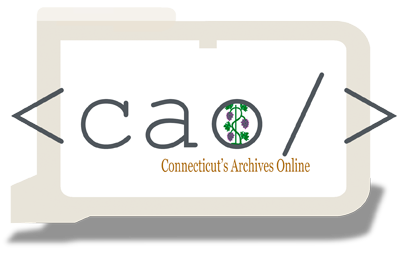Collections : [Connecticut State Library, State Archives]

Connecticut State Library, State Archives
Connecticut State Library
231 Capitol Avenue
Hartford, CT 06106
https://portal.ct.gov/csl/Email-Us
860-757-6500
 Connecticut's Archives Online
Connecticut's Archives Online
One-click access to Connecticut's archival resources
